Such is the pressure in F1, that occasionally, teams, drivers, race directors and even F1 itself can get things badly wrong.
We've collected nine of the biggest blunders in F1 history - and want you to decide which is the biggest mistake made!
Read through the options below - presented in reverse chronological order - and make sure to vote in the poll and leave a comment to let us know what you think!
Mercedes - 2022
For the new ground-effects rules in 2022, Mercedes bucked the trend that most of the field opted for in its new design.
Rather than going for what might be termed 'conventional' sidepods, it went radical with a concept dubbed 'zero-pods' with the sidepod air-inlets radically scaled down.
The design looked fast, but it proved a failure as the reigning champions only won one race that year, and after committing to it again with the launch-spec 2023 car, quickly abandoned it as the team went win-less in that year.
Michael Masi - Abu Dhabi 2021
Race director Michael Masi fumbled the handling of a late safety car restart in the 2021 title-deciding Abu Dhabi Grand Prix.
Masi went against established F1 convention by having the safety car come in at the end of lap 57 instead of 58, setting up one racing lap to decide the title between Lewis Hamilton and Max Verstappen, on fresher, softer tyres.
Masi also only allowed the lapped cars between Hamilton and Verstappen to un-lap themselves, with the Red Bull scything past the Mercedes on the final tour.
Mercedes protested the results, as the FIA launched an investigation that found human error was to blame, but the result stood.
Viewed by others:
Sebastian Vettel - Germany 2018
Vettel secured a stunning pole position at his home Hockenheim circuit, whilst title rival Hamilton was down in 14th following a hydraulic failure in qualifying.
Vettel was on course for a first win at Hockenheim as rain began to fall, but on lap 52 of 67, he slid off into the gravel, hit a barrier, and retired.
It was a costly mistake as Hamilton scored a historic win to swing the title momentum in his favour. It is arguable, Vettel's career or confidence never truly recovered.
F1 - Australia, Bahrain - 2016
In a bid to spice up qualifying, F1 decided to shake up the knockout, three-segment format with 'elimination' style qualifying.
The trick was to place each driver in a 'danger zone' to knock them out even before the end of the segment - even if they were on a flying lap at the time.
Engineers immediately saw the problem when the idea was first proposed, but F1 ploughed on. In Australia, the sport was widely blasted as Hamilton took pole whilst out in the paddock after Nico Rosberg was 'knocked out.'
The system was retained for the next race in Bahrain, but it was a similar story. Common sense prevailed as the 'old' system was brought back in for the third event of the year in China.
Mercedes - Monaco 2015
Hamilton was all set for a first Monaco victory since 2008, but after Max Verstappen crashed heavily at Sainte Devote, the virtual safety car was deployed for the first time in a grand prix.
Mercedes simply misjudged the speed that Rosberg and Vettel could do under the delta and pitted Hamilton for fresh soft tyres, giving up track position.
He emerged in third place as Rosberg and Vettel stayed ahead on their cold tyres. Hamilton could not pass, much to his bitter frustration, and a victory shot went out the window.
Ferrari - Abu Dhabi 2010
In his first year with Ferrari, Fernando Alonso entered the 2010 season finale with an eight-point lead over Mark Webber and a 15-point advantage over Vettel in the title race, with Hamilton 24 behind and just 25 to play for.
A first-lap crash involving Michael Schumacher meant several of drivers such as Rosberg, Robert Kubica and Vitaly Petrov all pitted at the end of the first lap for what would be their one-and-only stop, with the hard tyres able to last the entire race.
As the race unfolded, Red Bull gambled on Webber stopping and clearing the above-mentioned trio. Ferrari failed to recognise he was not the true threat, which instead was leader Vettel.
Alonso emerged behind Petrov and was unable to pass the Russian, eventually finishing four points behind champion Vettel.
McLaren/Lewis Hamilton - China 2007
Heading into the final two grands prix, Hamilton held a 17-point lead with only 20 available - 10 points for a win in those days. In his rookie year, the title appeared to be a foregone conclusion.
But McLaren was too busy watching Alonso, in their car no less, and fumbled Hamilton's pit-stop in wet conditions, costing him the chance to become a debutant world champion.
His worn intermediates were down to the canvas, but McLaren did not pit Hamilton as it was trying to ensure he finished ahead of Alonso, such had been the catastrophic breakdown in relations between the team and its Spanish driver.
Hamilton entered the wet pit-lane and skated into the gravel trap, posting his first - and only - DNF that season. What followed on in Brazil is another story.
Michelin - United States 2005
To be fair to Michelin, the surface at Indianapolis had been re-paved with a diamond cut to aid grip and drainage for the IndyCars, but it placed an extreme load on the F1 rubber.
The banked final turn - Turn 1 of the oval - was the only such one on the calendar at the time, and Ralf Schumacher crashed heavily for Toyota in practice, with replacement Riccardo Zonta following suit.
Eventually, Michelin declared its tyres were unsafe and could not last the entire race, as the 2005 tyre rules dictated, but progress at finding a solution was slow.
The FIA and the Bridgestone teams would not budge on installing a temporary chicane, meaning Michelin could not guarantee the safe running of its tyres.
In the end, a six-car race of the Bridgestone runners took place with the Michelin runners pulling into the pits at the end of the formation lap.
Michael Schumacher won for Ferrari, but F1 was the loser, and the furious US fans let them know all about it.
Nigel Mansell - Canada 1991
Coasting to a simple victory, on the final lap of the 1991 Canadian GP, Nigel Mansell slowed down too much and caused his Williams to fail.
The revs dropped too low and the gearbox seized as part of an electrical failure as Mansell ground to a halt in sight of the flag.
To make matters worse, old nemesis Nelson Piquet came through for the 23rd and final win of his career.
Also interesting:
Join RacingNews365's Ian Parkes, Sam Coop and Nick Golding, as they discuss Toto Wolff seeing Lewis Hamilton in red for the first time and former F1 driver Johnny Herbert's exit from the FIA as a race steward. Ford's growing presence at Red Bull is also discussed.
Rather watch the podcast? Then click here!
Don't miss out on any of the Formula 1 action thanks to this handy 2026 F1 calendar that can be easily loaded into your smartphone or PC.
Download the calenderMost read
In this article
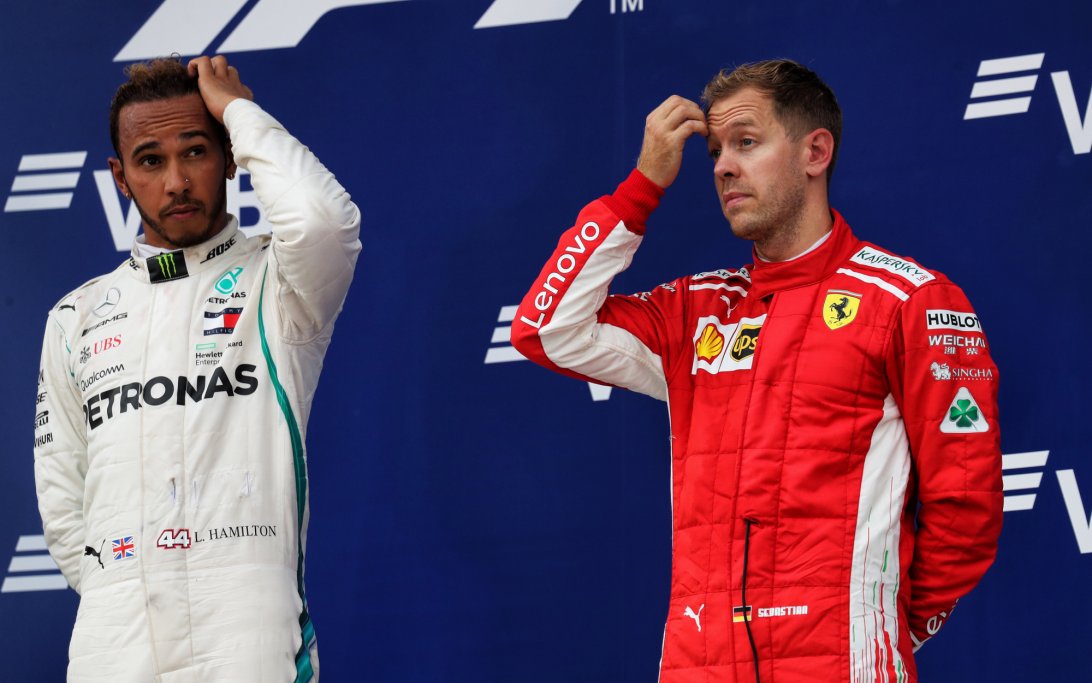
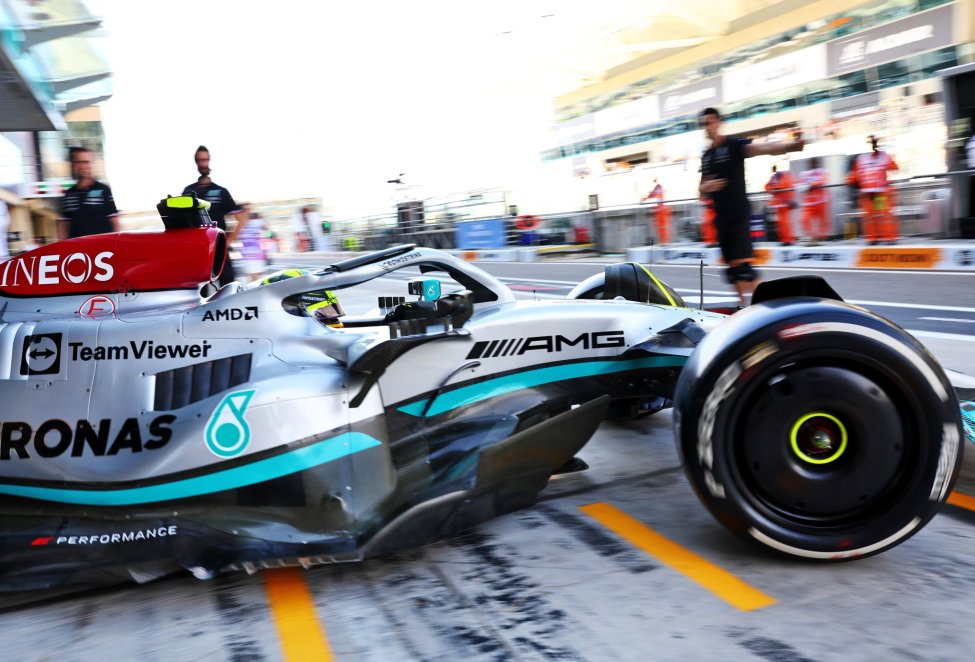
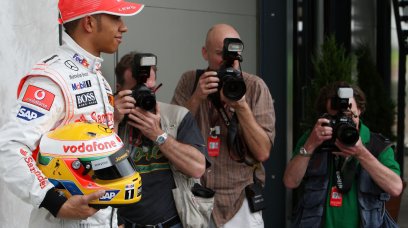
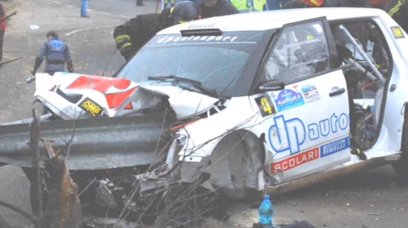
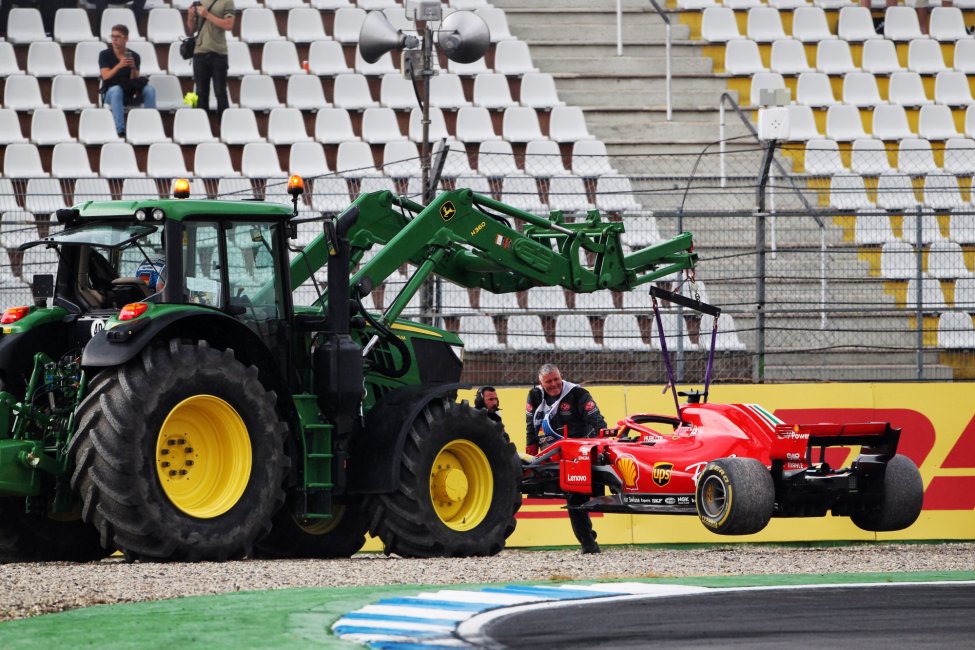
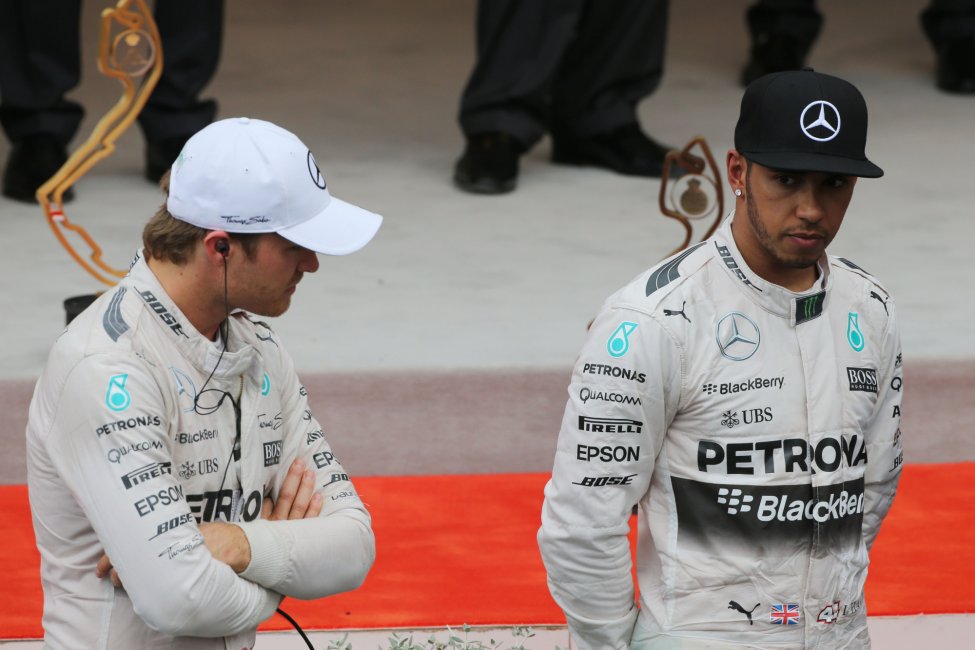
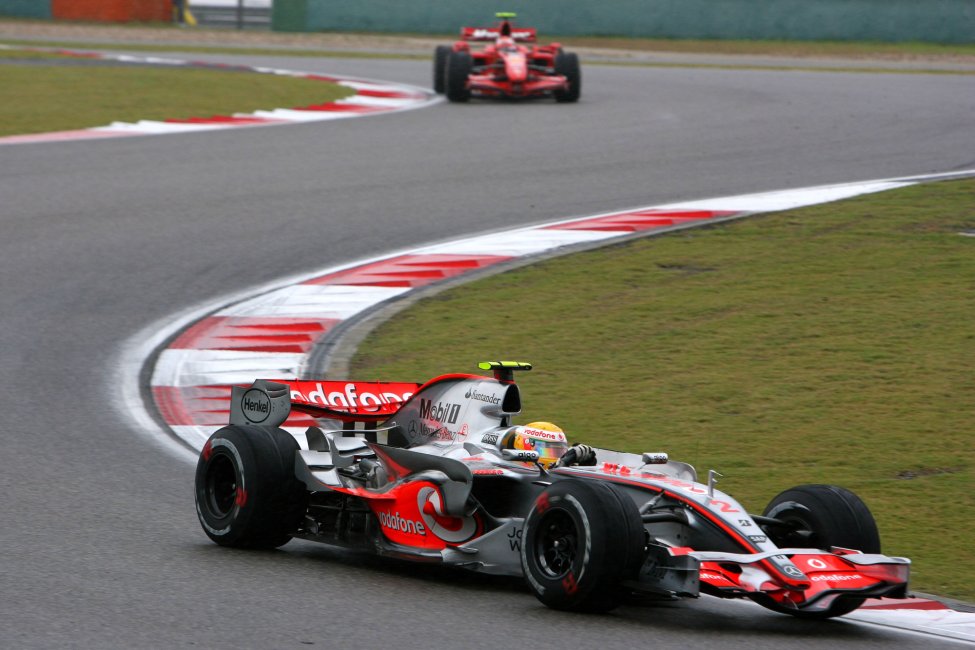


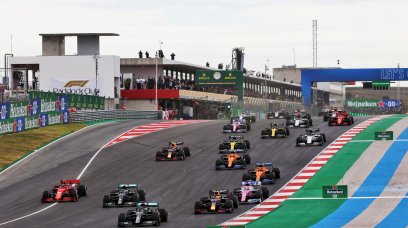
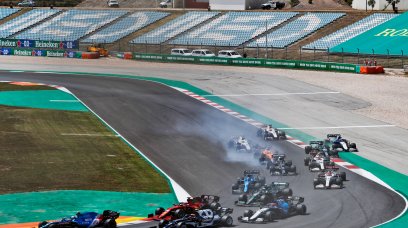

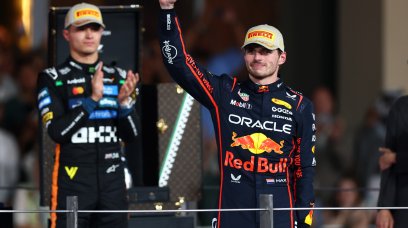
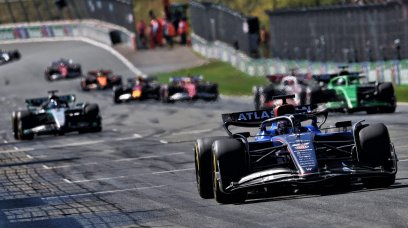
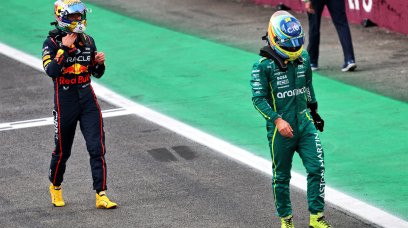
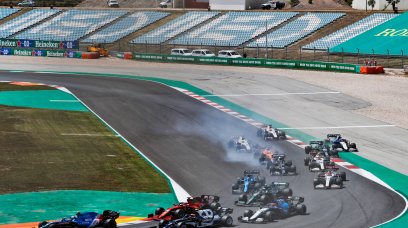
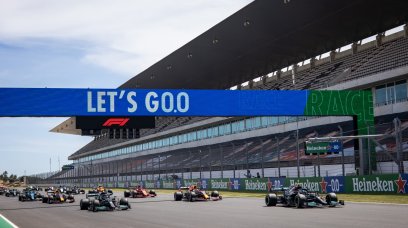
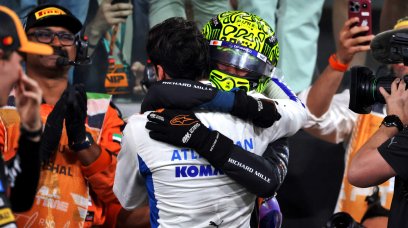
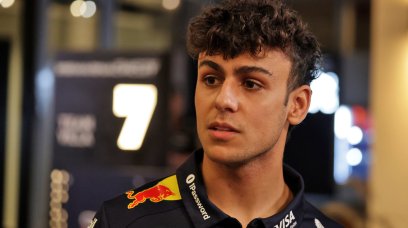
Join the conversation!